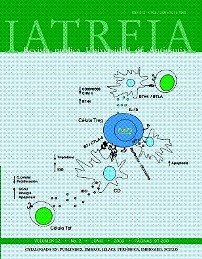Management of Maturity-Onset Diabetes of the Young
DOI:
https://doi.org/10.17533/udea.iatreia.4543Keywords:
Diabetes, Insulin, MODY, SulfonylureasAbstract
Maturity-Onset Diabetes of the Young (MODY) affects 1-5% of people with diabetes in the USA and other industrialized countries. The three main features of MODY include: Development of diabetes before the age of 25 to 30 in absence of pancreatic antibodies, autosomal dominant inheritance, and evidence of residual insulin secretion. There are six subtypes of MODY of which, MODY2 (GCK mutation) and MODY3 (HNF1-α mutation) are the most prevalent, accounting for more than 70% of cases. Sulfonylureas (SUs) remain the medication of first choice in children and adults when dietary therapy is insufficient to maintain normoglycemia.
Although patients with MODY1, 3, and 4 usually respond very well to oral SUs, due to progressive β-cell failure, a significant proportion of MODY1 and MODY3 patients may eventually require insulin therapy. Leading an active lifestyle and maintaining a normal weight are essential recommendations for all MODY patients.
Downloads
Downloads
Published
How to Cite
Issue
Section
License
Papers published in the journal are available for use under the Creative Commons license, specifically Attribution-NonCommercial-ShareAlike 4.0 International.
The papers must be unpublished and sent exclusively to the Journal Iatreia; the author uploading the contribution is required to submit two fully completed formats: article submission and authorship responsibility.














